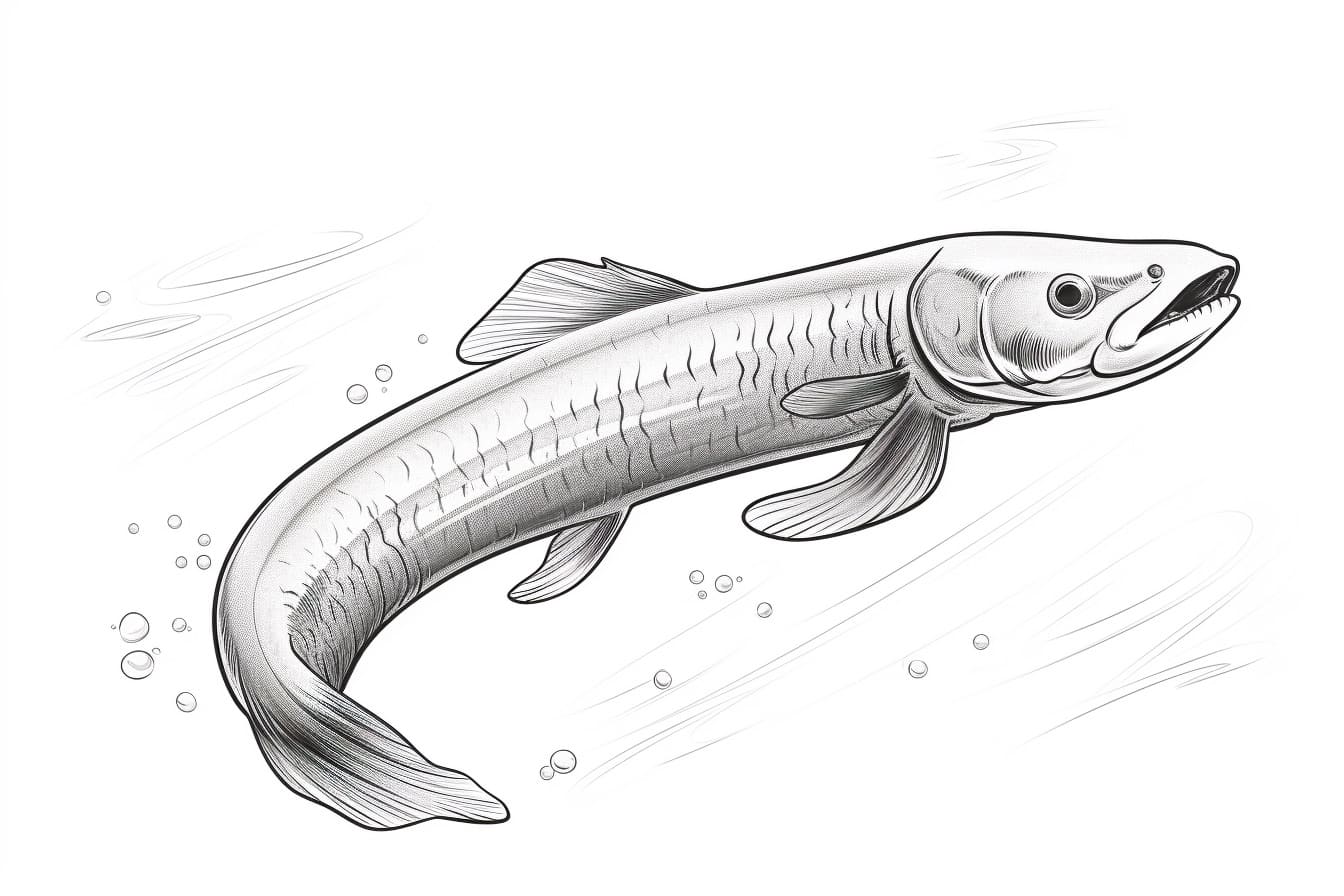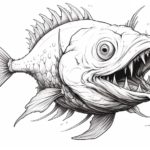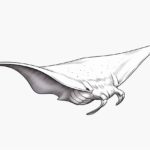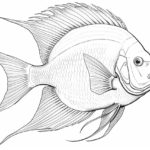Drawing an eel can be a fascinating and challenging task for artists of all skill levels. With its sleek and sinuous body, the eel presents a unique subject that offers a wonderful opportunity to practice capturing movement and texture in your artwork. From the intricate patterns on its skin to the way it gracefully moves through the water, there are endless possibilities for creativity and expression when drawing an eel. In this guide, we will explore some tips and techniques to help you bring this mysterious and captivating creature to life on paper. So, grab your pencil and let’s dive into the world of drawing eels!
Materials Required
To draw a eel, you will need the following materials:
- Drawing paper or sketchbook
- Pencils (preferably a range of graphite pencils such as 2H, HB, 2B, 4B, 6B)
- Eraser (either a kneaded eraser or a soft white eraser)
- Sharpener
- Fine-tipped black pen or marker (optional for outlining)
- Reference image of a eel (either printed out or on a digital device)
With these materials, you will be able to create a detailed and realistic drawing of a eel.
How to Draw an Eel: a Step-by-step Guide
Step 1: Gather Your Materials
Before you start drawing, make sure you have the necessary materials ready. You will need a pencil, eraser, paper, and any coloring materials you plan to use.
Step 2: Outline the Body
Begin by drawing the outline of the eel’s body. Start with a long, curved line to represent the eel’s back. Eels have elongated bodies, so make sure the line is long and slender. Add another curved line below to outline the belly of the eel.
Step 3: Add Details
Next, add the details to the eel’s body. Eels have smooth, scaleless skin, so avoid adding scales. Draw the fins along the eel’s body, starting from the head and continuing towards the tail. Eels have pectoral fins near their head and dorsal and anal fins towards the back.
Step 4: Draw the Head
Move on to drawing the eel’s head. Eels have small eyes and a narrow mouth. Draw the eye as a small circle near the front of the head. Add a small, curved line to represent the mouth. Eels also have gill slits behind their head, so draw a few curved lines on the side of the head to indicate this.
Step 5: Add Texture
To give your eel a more realistic look, add some texture to its skin. Eel skin is often wrinkled and has a slimy appearance. Draw some wavy lines along the body of the eel to represent these wrinkles and folds.
Step 6: Erase Guidelines
Once you have completed the basic outline and details of the eel, go back and erase any unnecessary guidelines or rough sketches that you made in the earlier steps. This will clean up your drawing and make it look more polished.
Step 7: Add Color (Optional)
If you want to add color to your drawing, eels come in a variety of shades including dark green, brown, and grey. Use colored pencils, markers, or paints to add color to your eel drawing. Consider adding shading to give your eel a more three-dimensional look.
Step 8: Final Touches
Finally, review your drawing and make any necessary adjustments. Check for any missing details or areas that need refinement. Add any final touches to enhance the overall appearance of your eel drawing.
Step 9: Sign and Date
Once you are satisfied with your eel drawing, don’t forget to sign and date your artwork. This will give your drawing a sense of completion and can be a nice personal touch to your work.
Conclusion
In conclusion, drawing an eel can be a rewarding and enjoyable artistic challenge. By following the step-by-step instructions outlined in this article, you can create a realistic and detailed representation of this unique sea creature. Remember to practice regularly, observe eels in their natural habitat, and experiment with different techniques to further enhance your drawing skills. With patience and dedication, you can master the art of drawing eels and expand your artistic abilities.
Fun Facts About Eels
- Eels are considered to be one of the oldest living fish species, with a history dating back more than 100 million years.
- Some species of eels are able to generate electric shocks, which they use for navigation, communication, and defense.
- Eels have a unique life cycle that involves both freshwater and saltwater habitats. They are born in the ocean, migrate to freshwater rivers to grow and mature, and then return to the ocean to spawn.
- The longest eel species is the slender giant moray eel, which can reach lengths of up to 13 feet (4 meters).
- Eels have a keen sense of smell and use it to detect prey and navigate their surroundings. They also have a well-developed sense of hearing.
- Some species of eels are known to travel long distances during their migrations. For example, the European eel has been recorded traveling over 4,000 miles (6,437 kilometers) from the Sargasso Sea to European rivers.
- Eels are voracious predators and have a diverse diet that includes fish, crustaceans, insects, and even small mammals.
- Eels have a unique reproduction strategy where they spawn only once in their lifetime and then die shortly after. The larvae drift in the ocean currents until they reach suitable habitats to grow and mature.
- Eels are popular in cuisine in many cultures around the world, with dishes such as grilled eel (unagi) being a delicacy in Japan.
- Eels have a fascinating ability to regenerate damaged tissues and organs, including their fins, tails, and even parts of their brain. This remarkable regenerative capacity has made them a subject of scientific research for potential medical applications.
Suggestions for Scenes and Settings for Eel Drawings
Certainly! Here are some specific suggestions for scenes and settings that you can consider for your drawings of eels:
- Enchanted Underwater Garden: Picture an eel gracefully swimming among colorful coral reefs, seagrass, and sparkling sea anemones.
- Deep Sea Abyss: Imagine an eel lurking in the darkness of the deep sea, surrounded by mysterious creatures and bioluminescent organisms.
- Eel in a Shipwreck: Draw an eel exploring a sunken shipwreck, with rusted metal and marine life intertwined in the background.
- Eel in a Mangrove Forest: Show an eel weaving through the intricate roots of a mangrove forest, with sunlight filtering through the canopy above.
- Eel in a Mythical Underwater City: Create a scene of an eel swimming through the ruins of an ancient underwater city, with ornate architecture and hidden treasures.
- Eel in a Kelp Forest: Illustrate an eel navigating through a dense kelp forest, with sunlight dappling through the swaying seaweed.
- Eel in a Tropical Lagoon: Picture an eel gliding through the crystal-clear waters of a tropical lagoon, with palm trees and exotic fish in the background.
- Eel in a Urban Waterway: Draw an eel slithering through a polluted urban waterway, surrounded by litter and industrial debris to highlight environmental issues.
Remember to play with colors, textures, and lighting to bring these scenes to life and evoke different moods and atmospheres in your drawings. Have fun exploring these diverse settings for your eel illustrations!









